Once Upon an GPT - AI-powered Story Generator
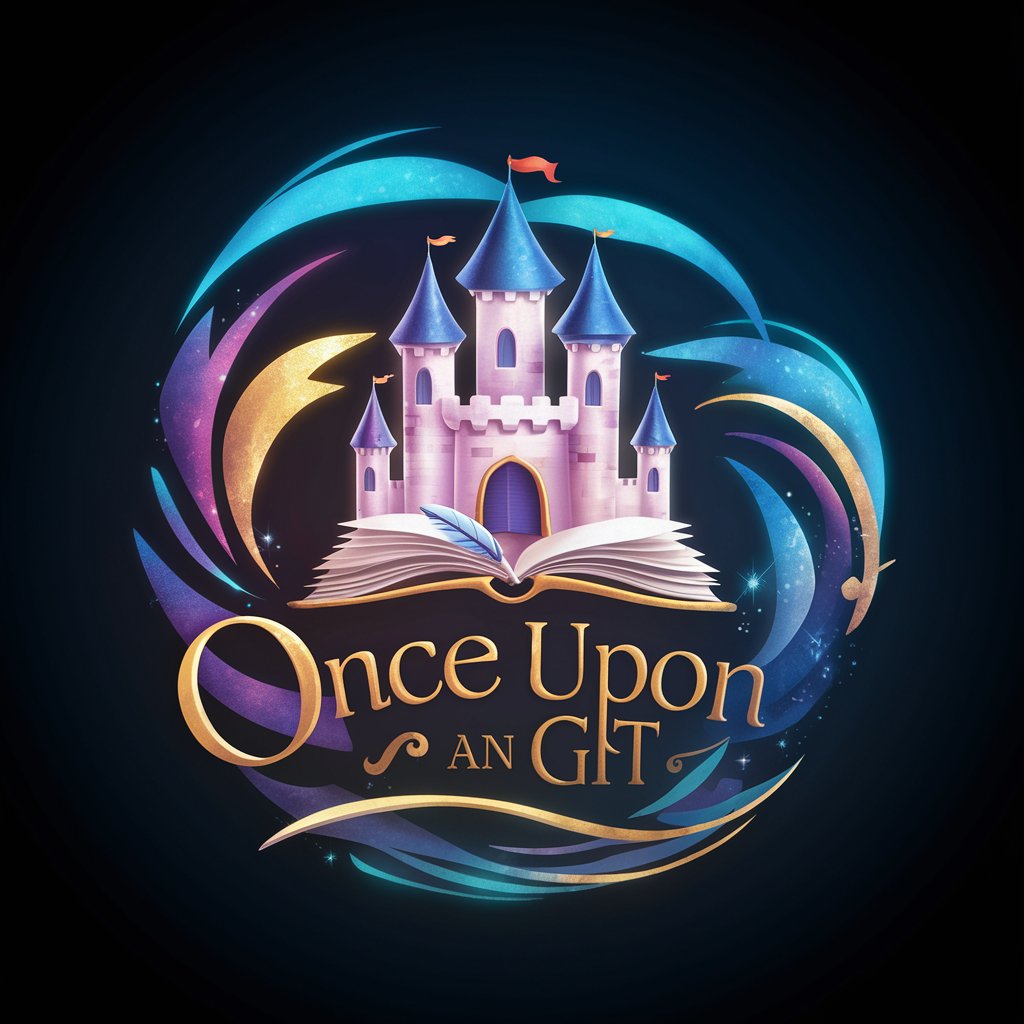
Welcome to Once Upon an GPT, where your imagination comes to life!
Craft Stories, Powered by AI
In a magical forest where animals could talk,
Once upon a time in a futuristic city,
Deep within an ancient, hidden library,
On a mysterious island surrounded by endless seas,
Get Embed Code
Overview of Once Upon an GPT
Once Upon an GPT is a specialized AI tool designed to generate personalized stories based on user inputs. This tool integrates a generative pre-trained transformer (GPT) model tailored specifically for creative writing and storytelling. Users can input various parameters such as character names, settings, genres (like fantasy, mystery, or sci-fi), and key plot points. The system then crafts stories that can range from short narratives to longer, detailed plots depending on the chosen length. For instance, a parent might use Once Upon an GPT to create a bedtime story about a young wizard's first day at magic school, customizing the tale to include their child's name and favorite magical creatures. Powered by ChatGPT-4o。

Key Functions and Practical Applications
Story Customization
Example
A user inputs a setting ('an enchanted forest'), two main characters ('a lost knight' and 'a talking wolf'), and a desired theme ('friendship').
Scenario
The GPT model uses these inputs to construct a unique story where the knight and wolf meet and overcome challenges together, highlighting the theme of friendship. This could be used as a custom storybook for a child.
Interactive Storytelling
Example
During the story, choices are given (e.g., 'Should the knight trust the wolf or go alone?').
Scenario
The story branches based on the user’s decisions, leading to different endings. This interactive element is particularly appealing for educational settings, where teachers can use these stories to teach decision-making and moral reasoning.
Illustration Integration
Example
Along with text, users can opt for AI-generated illustrations that depict key scenes from the story.
Scenario
For a birthday party, parents could create a personalized storybook with illustrations, providing a unique and memorable gift for their child.
Target User Groups
Parents and Guardians
Parents can use Once Upon an GPT to create bedtime stories tailored to their children’s interests and moral lessons they wish to impart. This customizability helps in engaging children more deeply with the reading material.
Educators
Teachers might find this tool useful for creating interactive and engaging stories that fit within educational curricula. Stories can be tailored to include specific lessons in ethics, history, or science, thereby enhancing learning through narrative.
Creative Writers
Aspiring and experienced writers could use Once Upon an GPT to explore new ideas, characters, and plot twists. This can serve as a brainstorming tool to overcome writer’s block or to refine storytelling techniques.

How to Use Once Upon an GPT
Initial Access
Visit yeschat.ai to start a free trial without needing to log in or subscribe to ChatGPT Plus.
Select Story Parameters
Choose your desired story genre, character names, and settings. Use the customization tools to define character traits and specific plot points.
Create Your Story
Submit your input to generate a unique, personalized story. Adjust the length and complexity by selecting from options like short, medium, or long narratives.
Interact and Branch Out
Engage with the interactive elements of the story, making choices that can alter the plot and lead to different endings.
Review and Customize
Review the generated story. You can further customize it by editing or adding new elements directly in the text or through the customization menu.
Try other advanced and practical GPTs
App Brainstormer
Unlock Your Next App Idea with AI
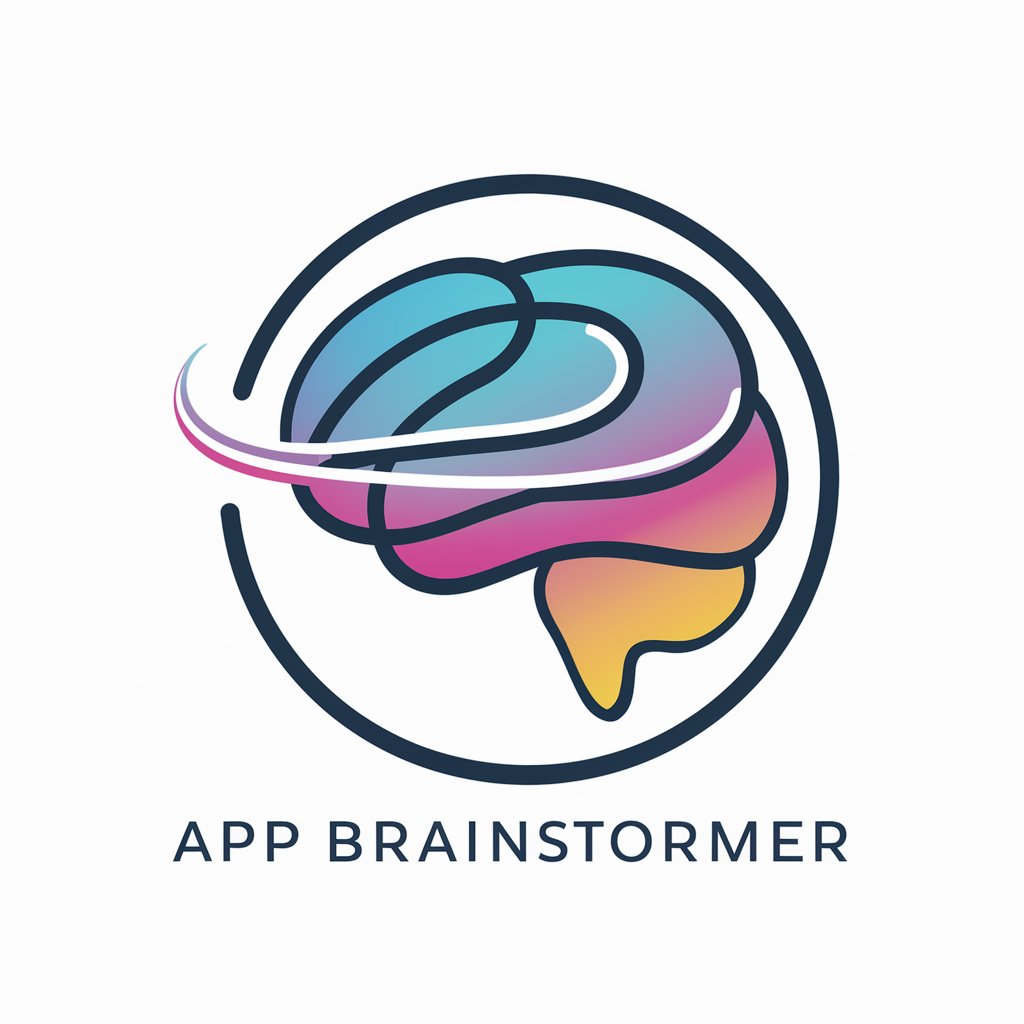
App Connector
Streamlining Shopify Apps with AI
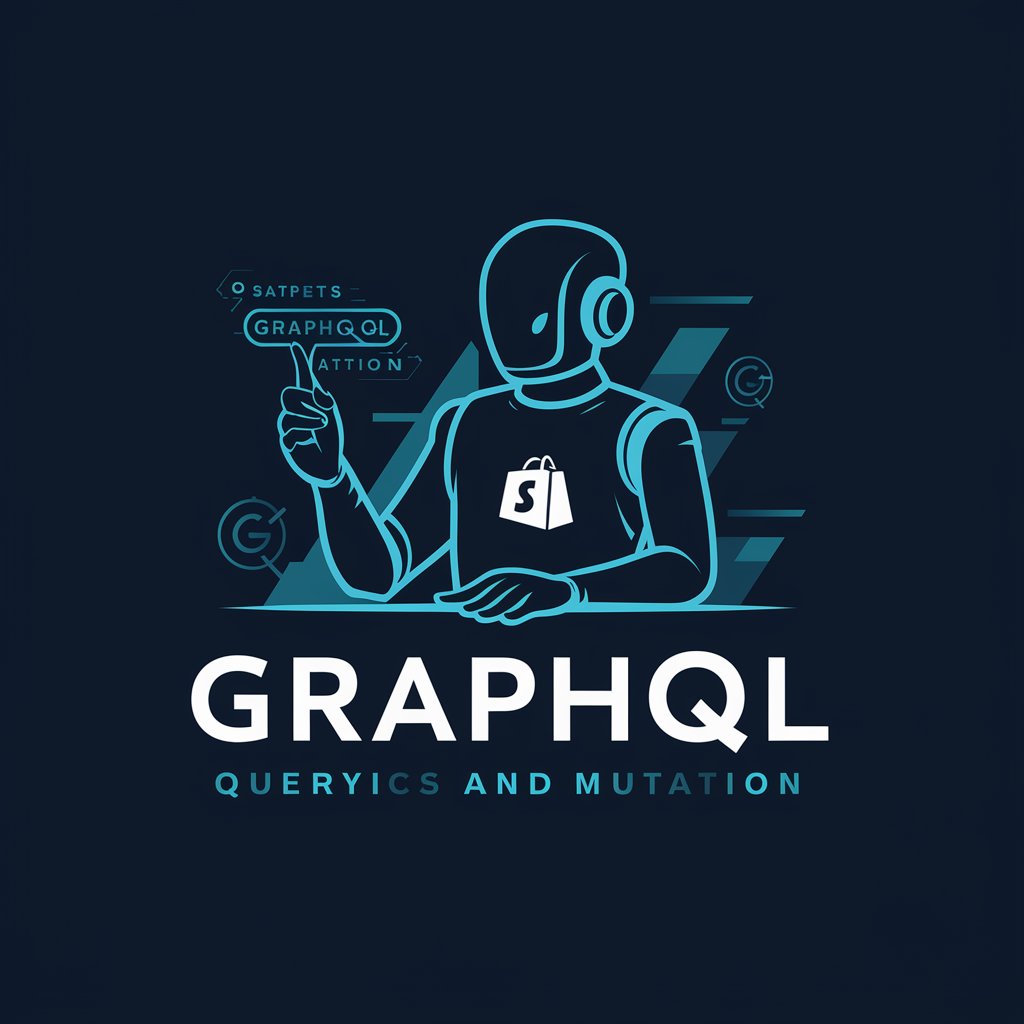
App Simplifier
Simplify apps with AI guidance.
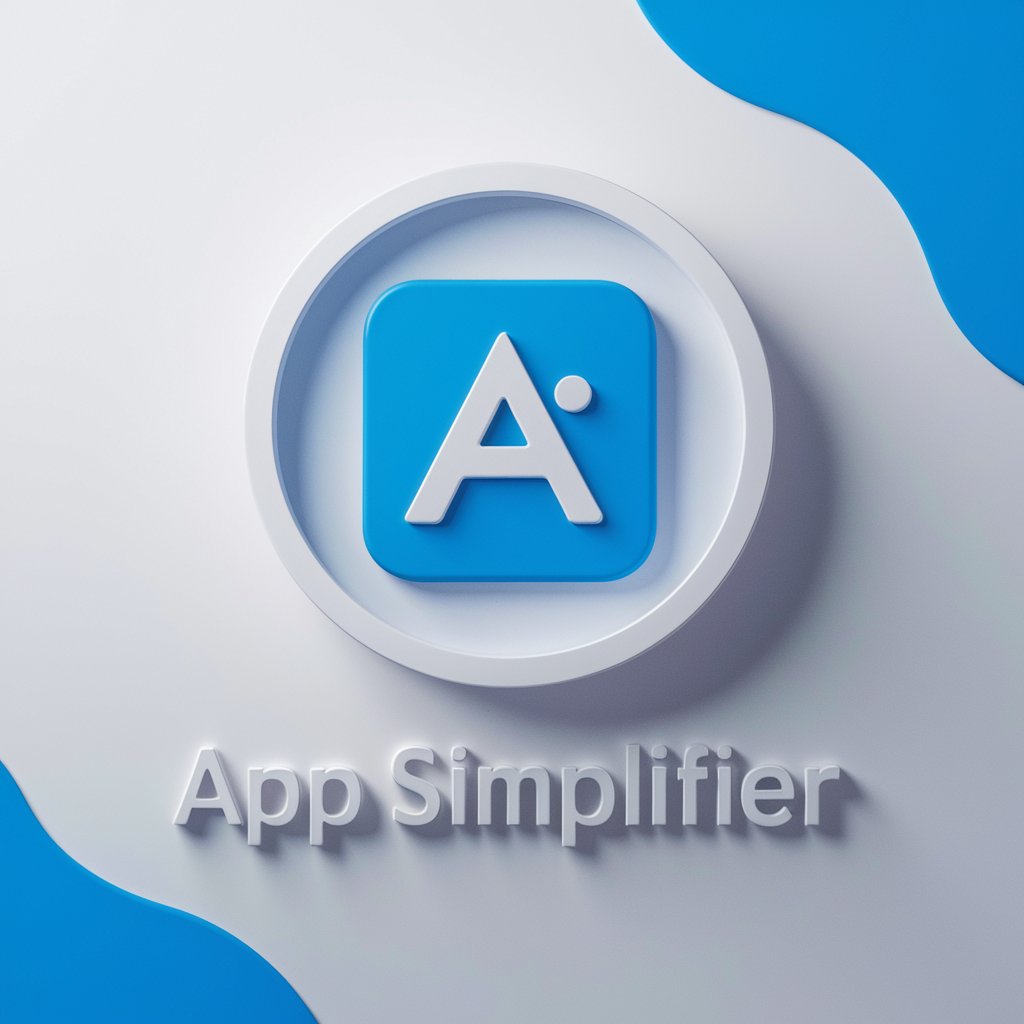
App Genius
Elevate Your App with AI-Powered Insights

App Matchmaker
Discover Your Ideal App, AI-Powered and Ad-Free
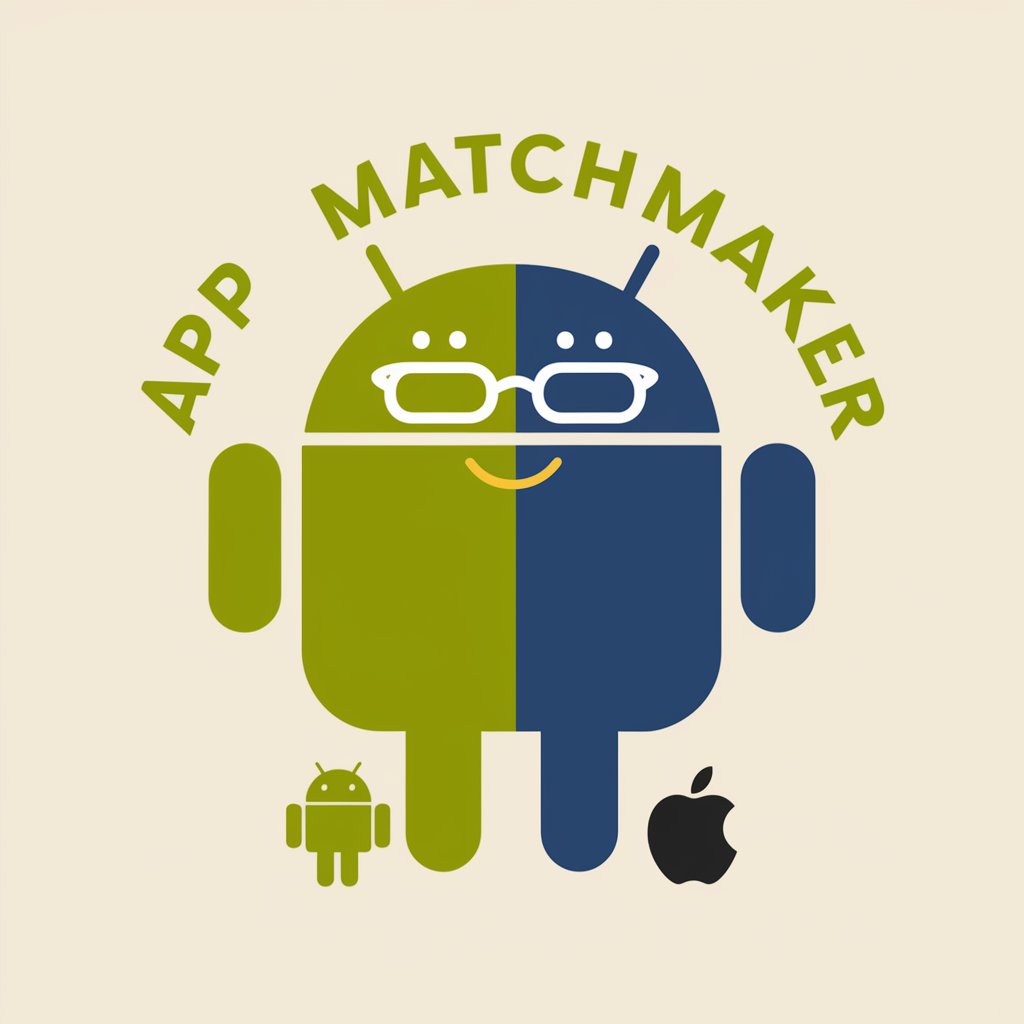
Market Sizer
Empowering market insights with AI

The once apon a time machine
Unleash Creativity with AI Storytelling

Once And for All
Empowering Communities with AI
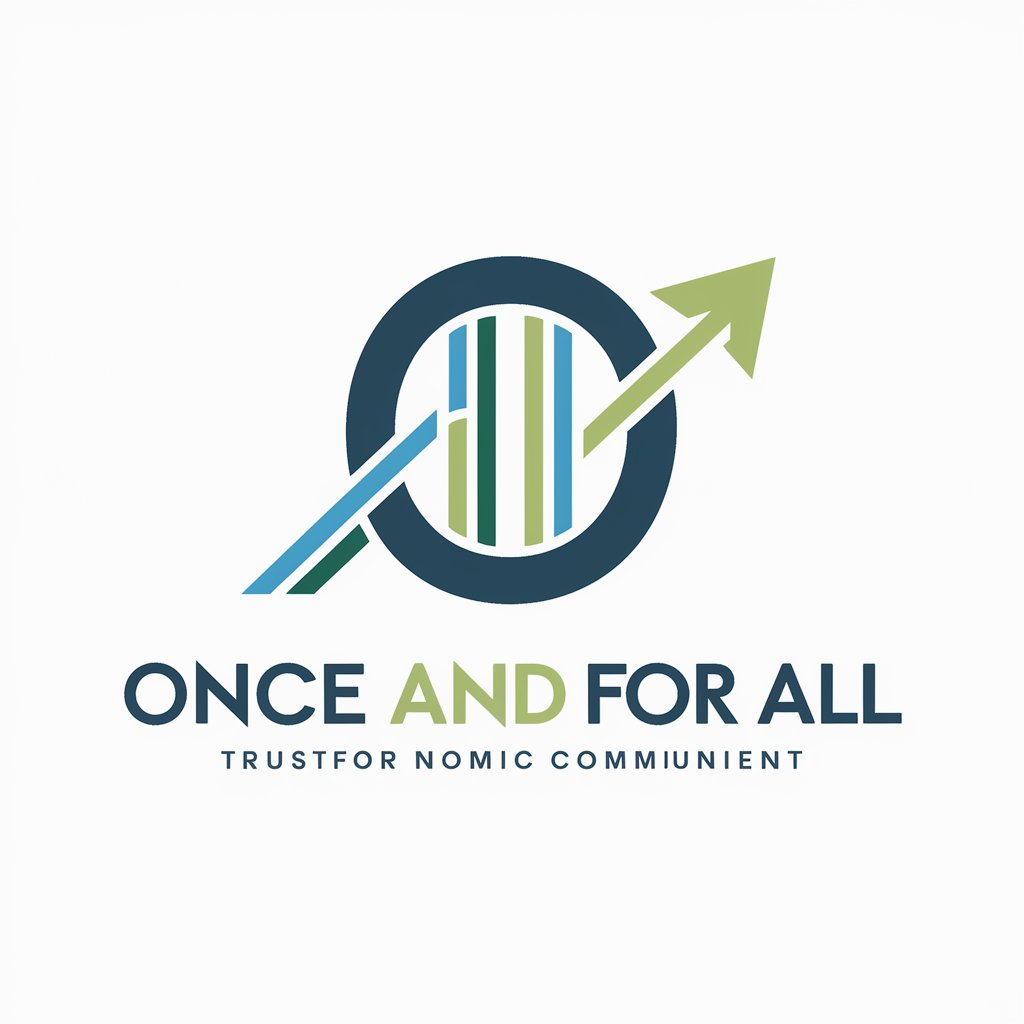
Once Upon a Bedtime!
Crafting magical bedtime stories powered by AI
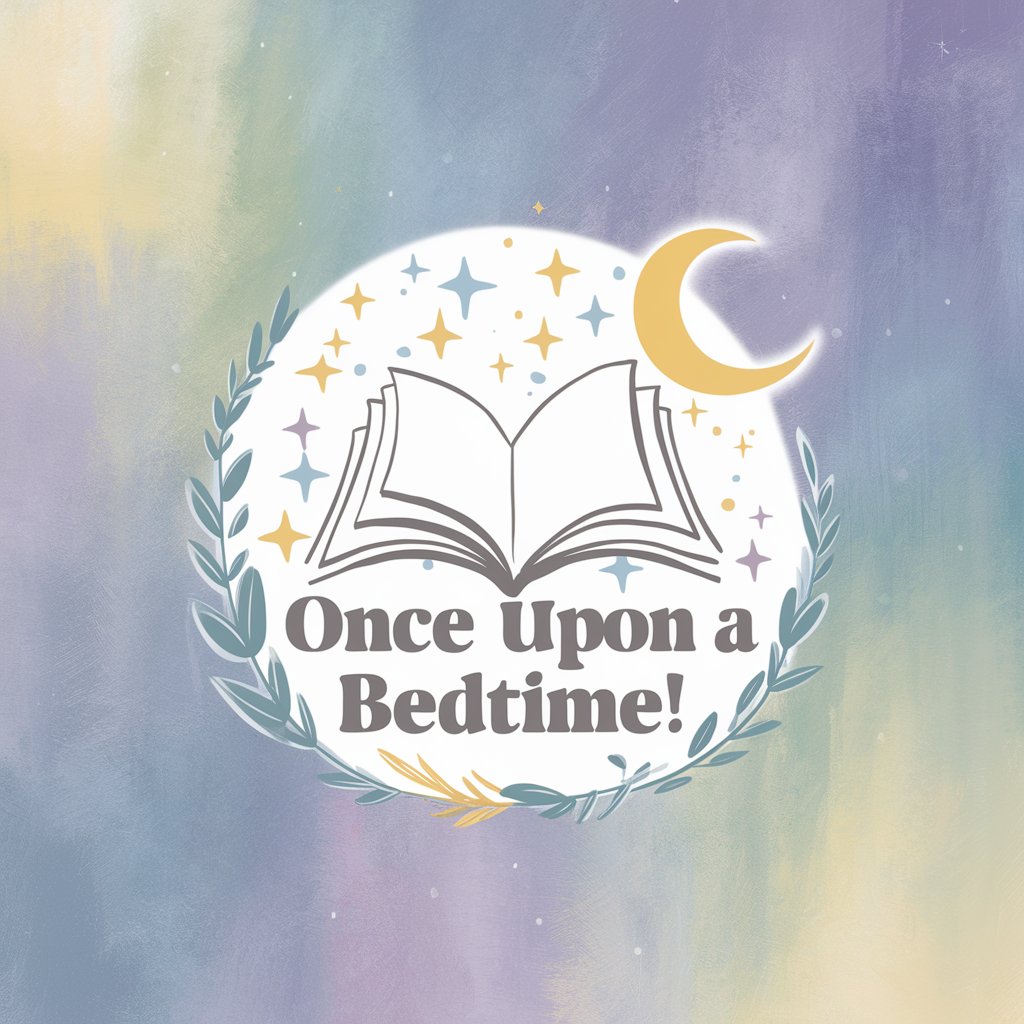
FilmStrip: Create Multiple Images At Once
Craft Multiple Visuals in One Go

Once Upon AI
Bringing Stories to Life with AI
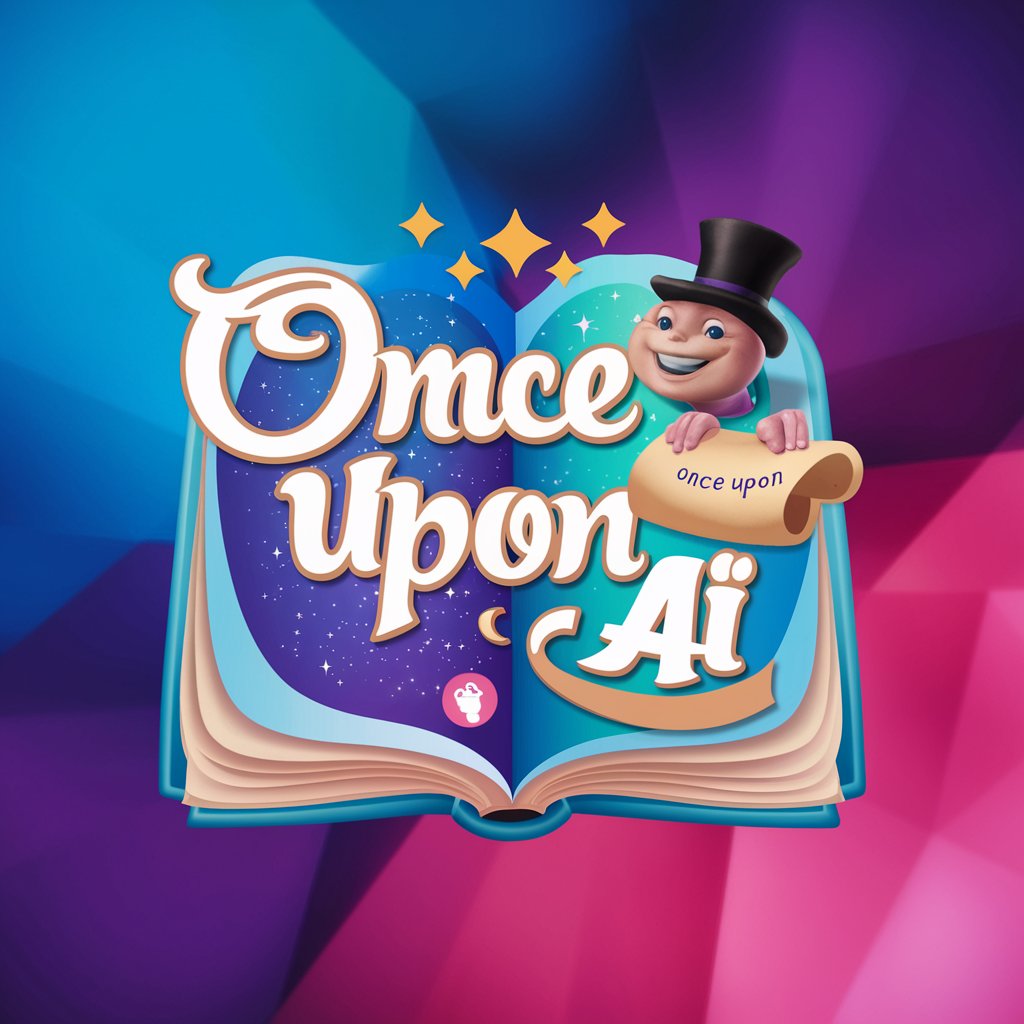
Time Traveler
Explore Time with AI
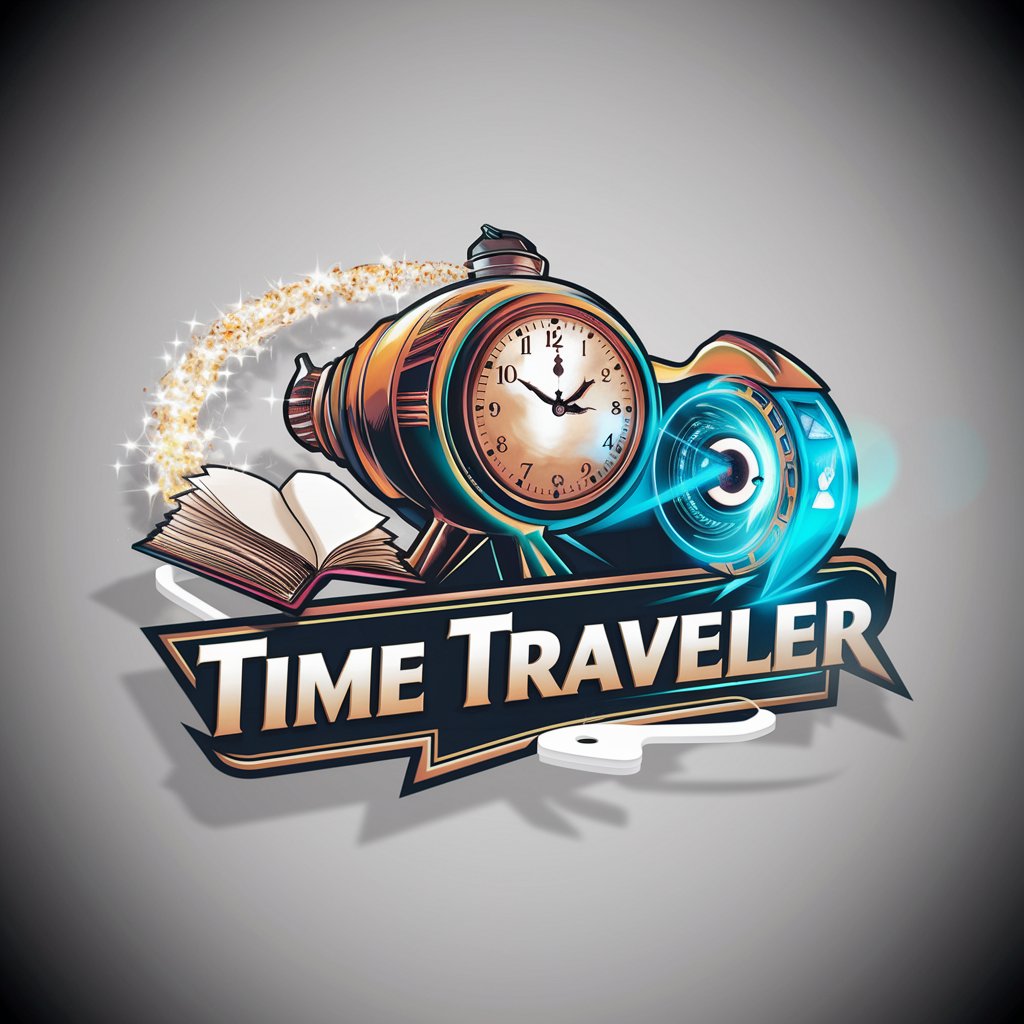
Frequently Asked Questions About Once Upon an GPT
What genres can I choose for my stories?
Once Upon an GPT supports a variety of genres, including fantasy, mystery, sci-fi, and romance, allowing users to tailor the storytelling experience to their preferences.
Can I create stories in languages other than English?
Currently, Once Upon an GPT is optimized for generating stories in English, focusing on nuanced and culturally specific narratives suitable for English-speaking audiences.
Is there a limit to how many characters I can create in a story?
No, there is no set limit. However, for optimal narrative quality and coherence, it's advisable to maintain a manageable number of main characters, typically around three to five.
How can I use Once Upon an GPT for educational purposes?
Educators can use Once Upon an GPT to engage students in creative writing exercises, story analysis, or even role-playing scenarios based on the generated stories, enhancing learning through interactive storytelling.
What are the interactive elements in Once Upon an GPT?
The interactive elements include branching story paths based on user decisions, which can influence the storyline and lead to various endings, thus enhancing the user's engagement and personal connection to the narrative.
